Along with learning how to play the conga drums, or any instrument for that matter, it’s important to have a general idea about where those instruments come from, and how they’ve evolved over time. So I want to give you a brief rundown of some super interesting and lesser-known facts about the origin of the conga drums, and of course, if you have questions about getting started learning how to play the congas, feel free to click here and check out a free preview of our Congas 101 Course.
The conga drum is at the cornerstone of countless Latin rhythms, and has helped Latin percussion as a whole, become extremely popular in many musical genres from all over the world. Of Afro-Cuban origin, the conga is more widely known as a tumbadora, timba, or jícamo in Cuba. The conga player his or herself is referred to as a conguero or conguera.
The conga is a narrow, single-head drum that comes in a variety of heights and diameters. The drums are typically played in sets of one, two, or more drums. Traditionally, they were made from wooden olive barrels. Modern congas are commonly made of one of a variety woods, or of a one or two-piece fiberglass shell. The very first congas used cow or mule hide for the heads, which was tacked on to the shell, as this is a common technique used in the construction of a variety of African drums. Today’s congas still use skin from cow, water buffalo, steer, and other animals, in addition to synthetic heads. The conga’s shell is made from a variety of steam-curved, staved wood depending on the manufacturer and model of the conga drums. Some congas are still carved from a single piece of wood, in the case of some high end artisan drum makers, very much inline with the African drumming tradition. The hardware nowadays also features a mechanical tuning system, that secures a head to the top of the drum.
THE ORIGIN OF THE CONGA DRUMS
The conga drum sees it’s inception in Cuba in correlation with the thousands of slaves being brought over predominantly from the Bantu-speaking Congo region of Africa during the 17th and 18th centuries. When slavery was finally abolished in Cuba towards end of the 19th century, an explosion of cultural exchange and development took hold. Rumba and other forms of drum-centric music began to develop, and alongside them, the conga drums and other respective instruments.
The conga’s closest, most recognizable predecessor is the makúta drum, a tall, barrel shaped drum used in private religious ceremonies of Bantu origin. The conga drum also has some traceable Nigerian roots in the Lucumí bembé drum, a slightly smaller conga-like drum.
Towards the end of the 19th century, rumba, which has its roots in the poorer urban neighborhoods of cities like Havana and Matanzas, is the first established genre to specifically call for a conga drum as part of its standard instrumentation. During the 1930s, the conga drum became a part of the ensemble format used for playing the popular Cuban dance genre known as Son, and later went on to make an enormous impact on American Jazz music in the 1930s and 40s. The Son and a variety of other Cuban styles, rhythms, and songs, subsequently lead to the evolution, and more importantly, the commercial branding and creation of Salsa music in the early 1960s.
Dizzy Gillespie Big Band 1940s
THE EVOLUTION OF THE CONGA DRUM
Traditionally, conga drums were non-mechanically tuned percussion instruments. Up until the 1950s, the drum heads were secured to the staved wooden body with tacks or nails. So in order to change the pitch, the skin needed to be either moistened or heated. Moistening the drum head lowered the pitch, and heating it allowed for achieving a higher pitch.
In the 1950s, the construction of the conga drums was overhauled to include a mechanical tuning system made up of a securable rim, lugs, and adjustable lug nuts which allowed the conga player to tune the drum with much more precision. This enabled the congas to be tuned to specific pitches with more accuracy, and gave way to a new wave of contemporary conga players with a more conscious melodic approach to tuning and playing the drums.
The anatomy of the conga drum, as well as tuning the drums with a melodic approach are only a few of the various of topics that we cover in-depth through our vast collection of step-by-step online conga lessons here on our site. So if you’re interested in learning more about this incredible instrument, come check out our CongaChops.com Membership. We’ve got a vast library of Conga Lessons and Courses, over 10+ hours of exclusive Practice Loops, and an amazing Community Forum where you can meet and discuss with other conga players, as well as get 1-on-1 feedback on everything you’re working on. Just click the link below to see what it’s all about!



